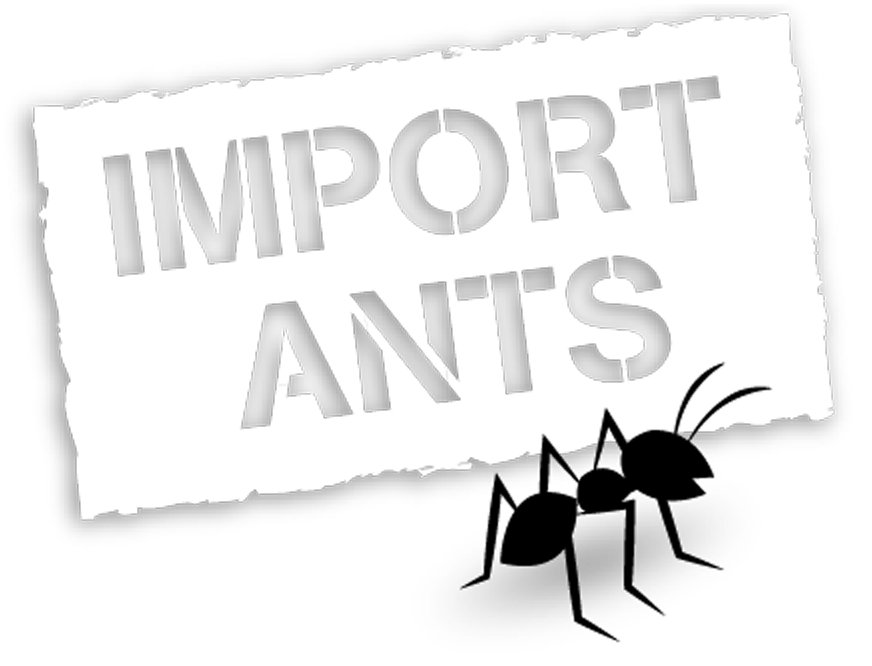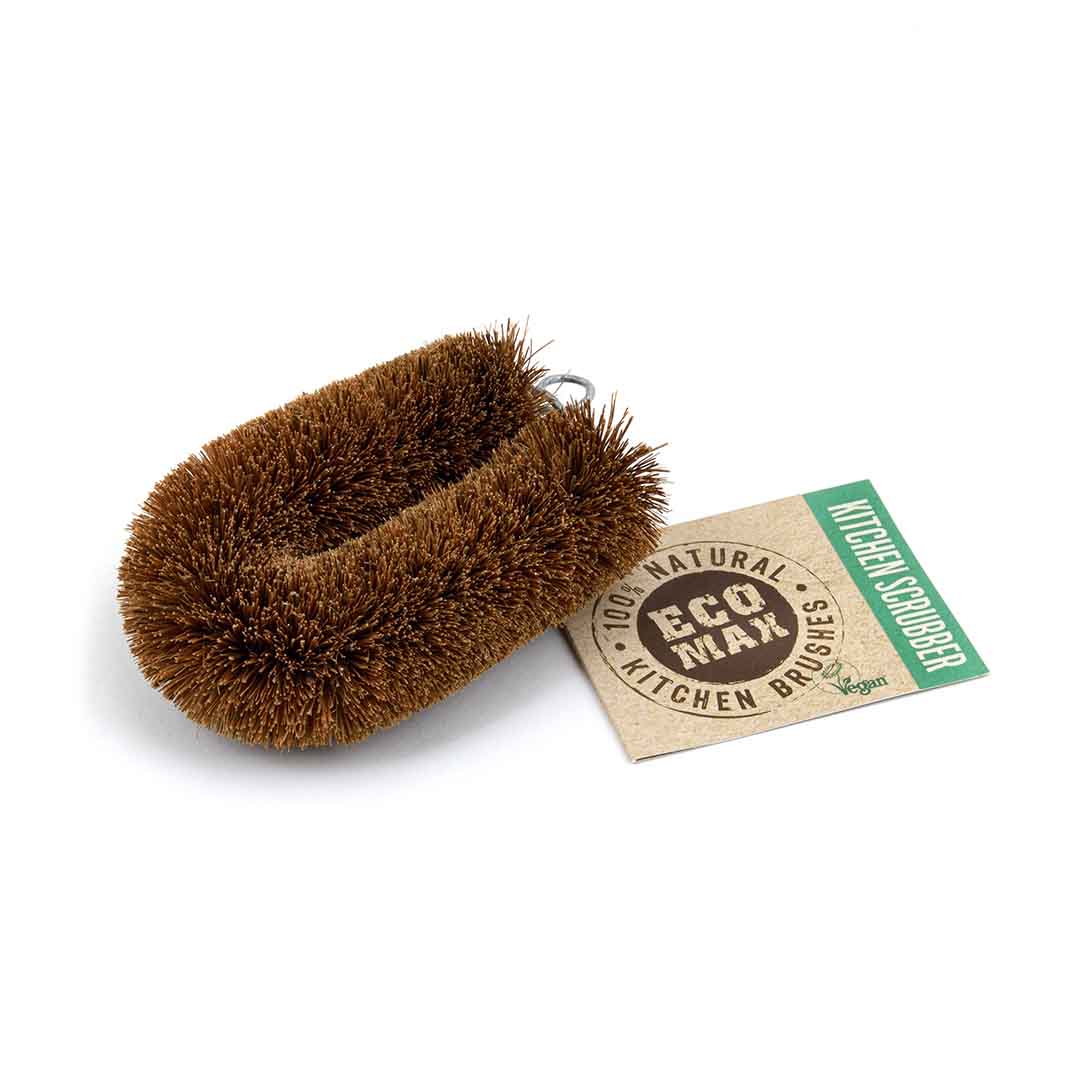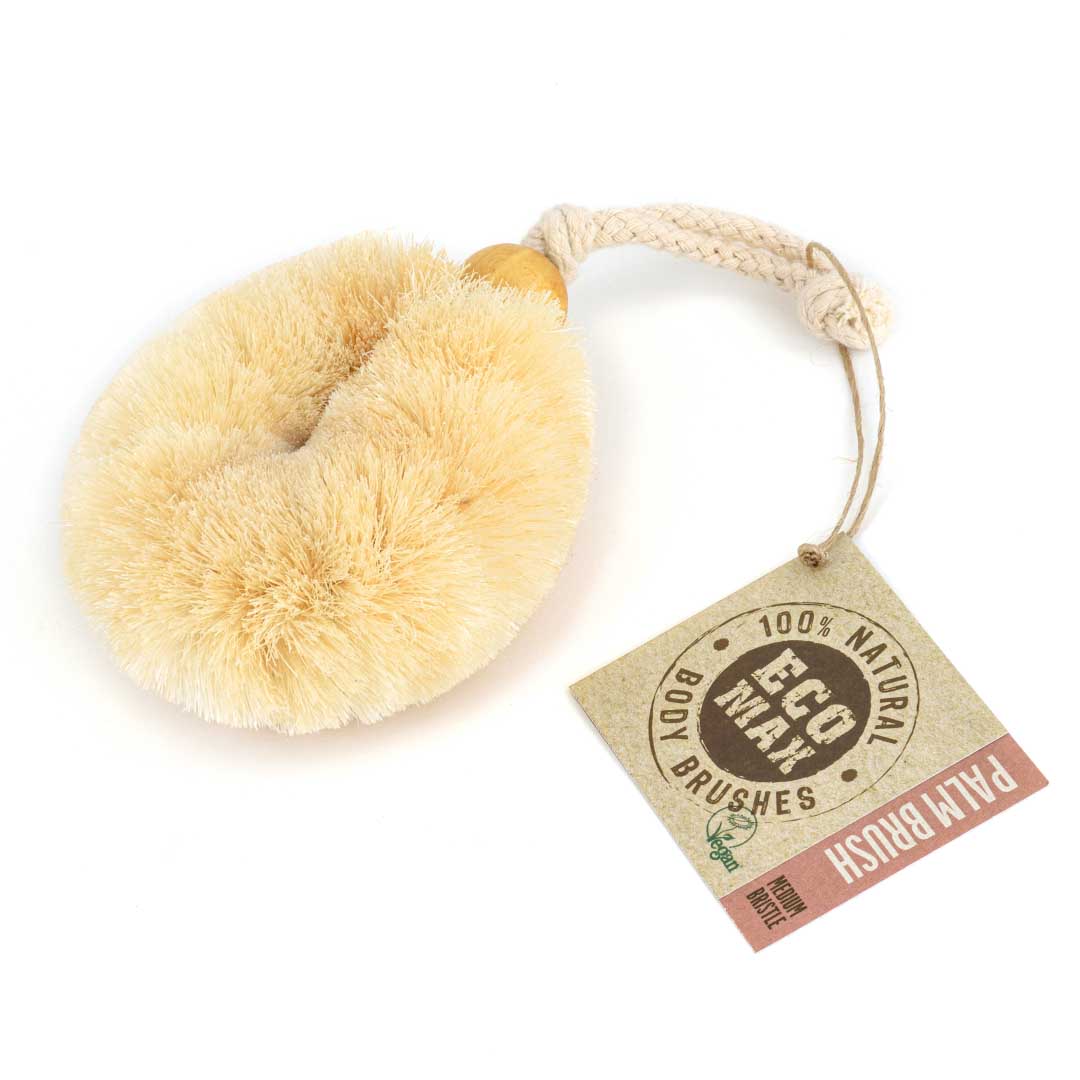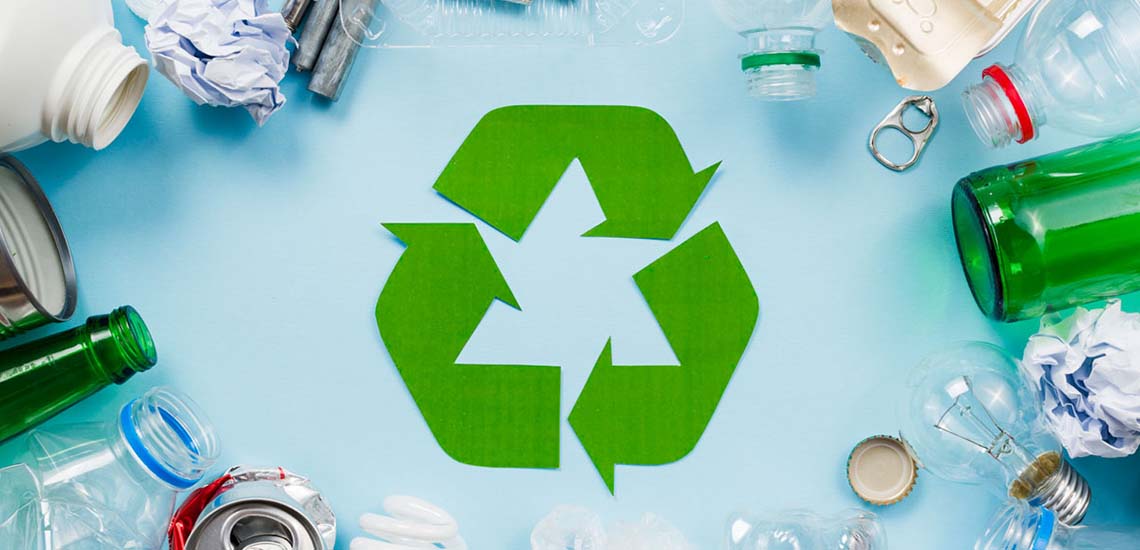For something so, so small, microbeads sure are scary beasts. Often found in bathroom products such as shower gel, sunscreens, face wash, toothpaste and other “rinse off” cosmetics, they constitute over 80% of the plastics in our environment.
These plastic beads can not be recycled, are smaller than a grain of sand and are designed to be disposed of down the drain. Microbeads are impossible to filter, so they easily make their way into our waterways and BILLIONS of them do so EVERY. DAY.
Once in the water microbeads become super absorbent and act like a sponge for toxins and chemicals such as; pesticides, flame retardants, industrial chemicals, copper, lead and nickel. This means that a single microbead can become a MILLION times more toxic than the water around it. And that is not even the scary part…
You see, when these plastic, chemical riddled mutants are in our oceans, streams, rivers and lakes they are easily ingested by fish and other marine life. These toxins are then absorbed into the flesh of the fish, which in turn means they will make their way back to your plate courtesy of the seafood that you eat. Don’t believe us… The science journal “Nature” has published some eye opening reports on just this!
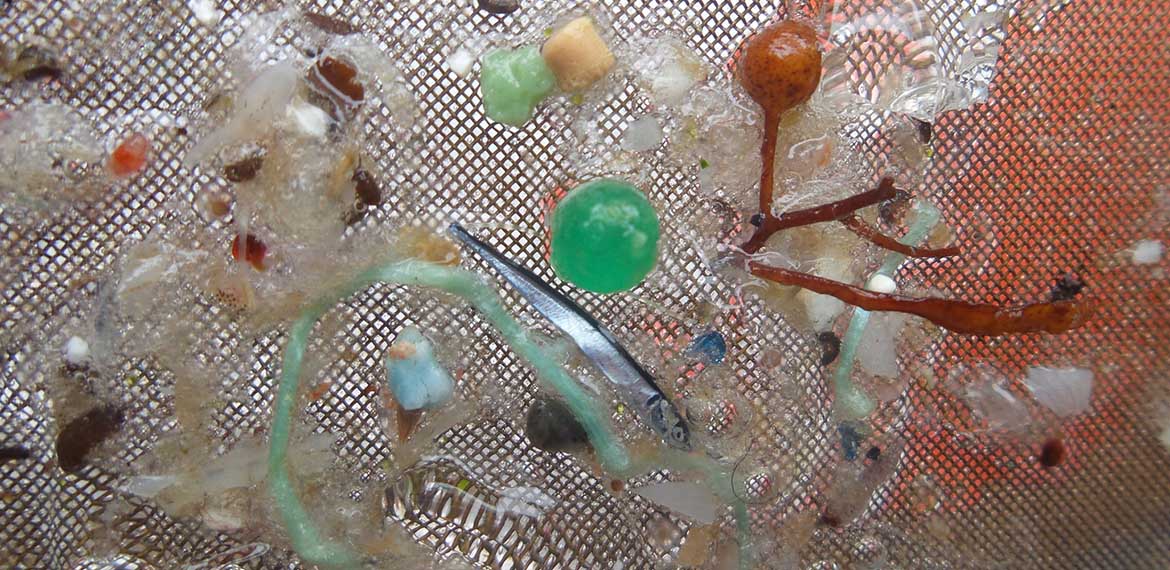
But why would companies use microbeads?
Well these beads are cheaper and easier to source than natural exfoliants like walnut kernels, apricot shells and sea salt. And because microbeads are smoother than natural alternatives they are actually less effective at exfoliating, so you end up using more of the product and have to replace it more frequently, meaning the companies using the microbeads make more money!
And what is Australia doing about it?
Not much! when Greg Hunt was the Australian Environment Minister he threatened to introduce a law to ban microbeads if companies did not adhere to a voluntary phase out by the 1st of July 2017. Now at time of writing, with Josh Frydenberg as the Environment Minister and this dead line long gone, we are still waiting to hear the results.
Now out of the spotlight, it is up to all of us to create awareness around this issue and ask the question “What is happening with microbeads?”
Be informed!
We encourage you to use products that don’t contain microbeads. Read your labels and check the products ingredient list.
And if it has:
polypropylene or polyethylene
polyethylene terephthalate
polymethyl methacrylate
polylactic acid
or nylon
Don’t buy it!!
Only choose products that use natural exfoliants like ground nuts and shells, sea salt and jojoba beads. Or better still, try using a natural face and body brush which is not only more economical but also sustainable and better for the environment.
